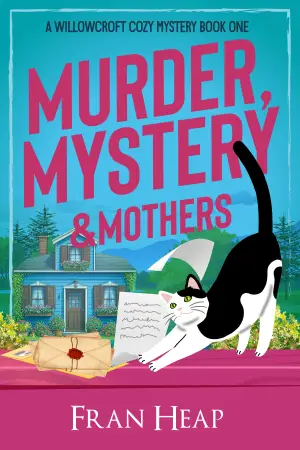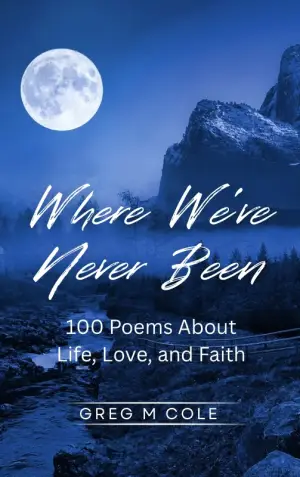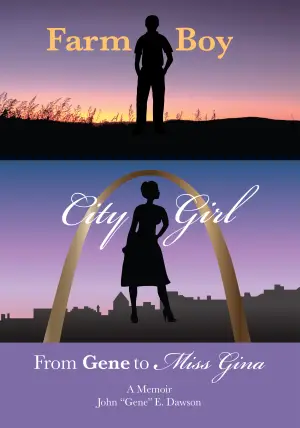Finding Margaret Fuller: A Glimpse into a Trailblazer’s Life
From the moment I stumbled upon Allison Pataki’s latest historical fiction, Finding Margaret Fuller, I felt an undeniable pull. Pataki, my favorite author in this genre, has a knack for breathing life into historical figures we often overlook. Fuller, a name that was unfamiliar to me until now, turned out to be a beacon of strength and intellect in her time. This novel doesn’t just tell her story; it immerses us in the rich complexities of a woman whose contributions continue to resonate today.
At the heart of Finding Margaret Fuller is the 26-year-old Margaret, a woman who finds herself intertwined with some of America’s greatest literary lights, including Ralph Waldo Emerson and Nathaniel Hawthorne. I found myself captivated by her charisma and brilliance, particularly during her week at Emerson’s home, where her exchanges with him ripple with chemistry and intellectual curiosity. Pataki skillfully paints this relationship, showcasing not only how Margaret becomes Emerson’s muse but also how she nurtures future literary giants like Louisa May Alcott. The dynamic interactions are both thrilling and enlightening, challenging me to consider the roles women played in shaping literary history.
One of the most compelling themes of the novel is the pursuit of equality and self-realization. Margaret’s insistence on the importance of women’s independence—illustrated beautifully in her salons where she encouraged free thought—echoed through the pages, leaving me with a renewed sense of purpose. I appreciated how Pataki spotlighted moments that would have otherwise slipped into obscurity, culminating in a portrayal of a woman before her time, whose courageous undertakings inspired figures like Elizabeth Cady Stanton.
What truly stood out was Pataki’s writing style. Each word felt deliberate, constructing vivid imagery of 1830s America and beyond. Her fast-paced narrative had me dashing through the pages, eager to uncover the next layer of Margaret’s life. I found the passages describing Margaret’s time in Italy particularly enchanting, as they stirred within me a longing to explore the historic sights alongside her. This vivid prose not only engaged my imagination but also sparked a plan for a future trip to Italy with my son, inspired by the beauty Pataki portrayed.
Pataki’s acknowledgments reminded me of her genuine curiosity about the untold stories of remarkable women. After finishing Finding Margaret Fuller, I couldn’t help but ponder how this novel might reignite interest in a figure known as much for her intellect as for her inspirational philosophy. “Why haven’t I heard of Margaret Fuller before?” I found myself asking, mirroring the author’s own thoughts.
This book is not just for historical fiction enthusiasts or those familiar with Fuller; it’s for anyone who values the stories of women who dared to advocate for change in their societies. If you love well-crafted narratives that illuminate significant figures from history, this is a must-read.
In conclusion, Finding Margaret Fuller isn’t merely a novel; it’s a celebration of a brilliant mind woven into a tapestry of literary greats. For me, it was a profound reading experience that left an indelible mark, reaffirming Pataki’s place at the top of my historical fiction list. I cannot recommend this book highly enough—it stole my heart and ignited my curiosity in ways I didn’t expect. Happy reading!
Publication Date: March 24, 2024
Thank you to NetGalley and the Random House Publishing Group-Ballantine Books for the advance copy of this exquisite novel!













